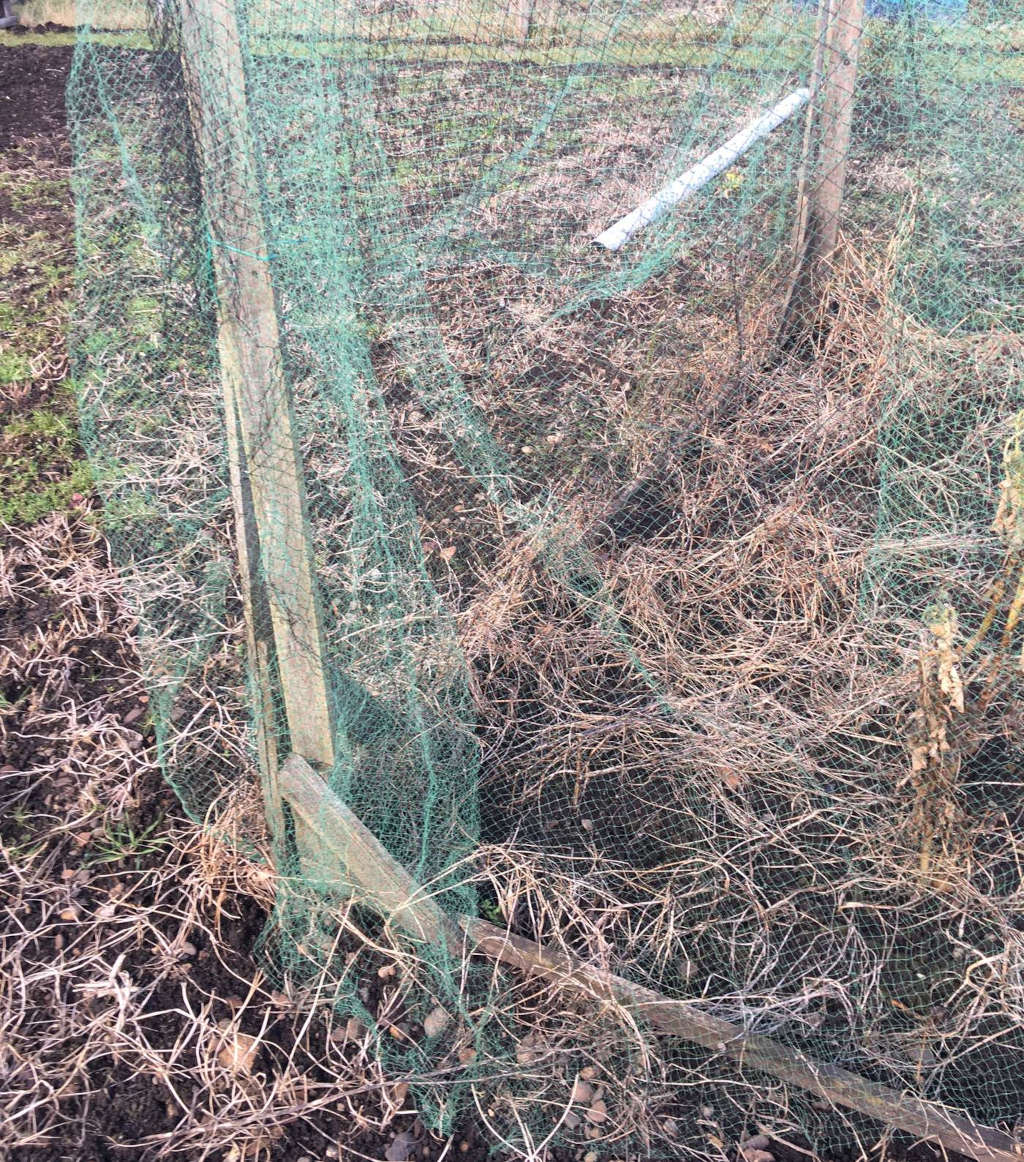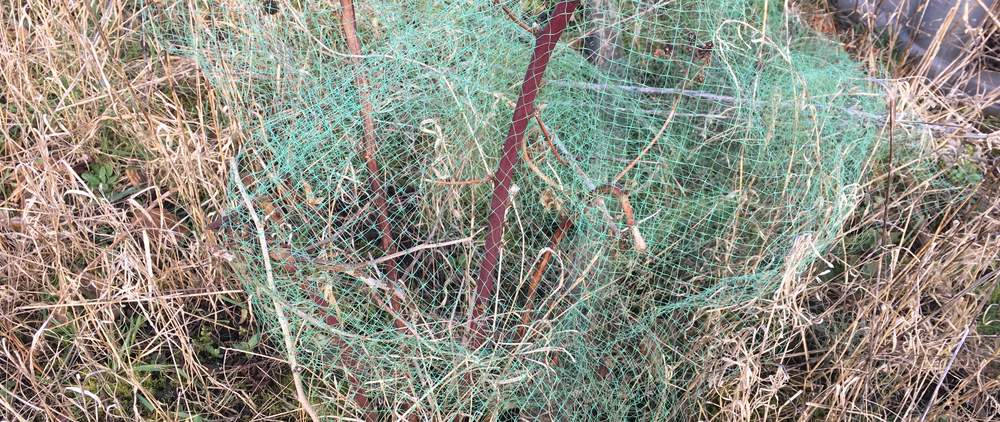Plastic mesh netting is often used to protect fruit and vegetables from the unwanted attention of insects and animals. Without it, a patch of healthy cabbage can be laid to waste by a legion of hungry caterpillars, or your prize blueberries decimated by a local blackbird.
The advantages are clear but it is also worth considering the dangers.
Wildlife Risk
Fine mesh netting is very dangerous to wildlife, many species can and do become entangled leaving them incapacitated and resigned to a slow and painful demise.
If you’ve ever watched a documentary about scientists catching birds to ring them for identification, then you will have seen that they often catch the birds using nets. The birds can’t see the nets and once they fly in they can’t get out; struggling to escape just tangles them further.
In this case, the scientists keep a close eye on the nets freeing and releasing the birds once the scientific work is done, but in a garden or unattended plot of land, wildlife can easily become entangled and not be found until it is too late.

We were prompted to write this article following a recent experience of finding a sparrow hawk badly tangled in some netting around a fruit bush on an allotment. Next to the sparrow hawk was a blue tit, also tangled but dead. It appeared that the two birds probably flew into the netting in a predatory chase. After a lot of careful cutting and considered inspection to establish the health of the bird we were able to release it relatively unscathed.
On another day that hawk could easily have gone undetected and died slowly in the netting.
It’s not just birds that can suffer this fate either. Mammals including hedgehogs and bats along with amphibians such as frogs and toads regularly perish in unattended plastic mesh netting.
On top of the wildlife entanglement risk, it’s also worth remembering that plastic netting takes hundreds of years to degrade remaining dangerous to wildlife and presenting a risk to the environment going forward.
Alternatives
It is the loose nature of the plastic netting that causes wildlife to become caught. Thicker rigid plastic netting is better but is still plastic and will therefore remain an environmental issue for may hundreds of years long after its useful life.
A good alternative is metal chicken wire on a wooden frame. Due to its sturdy nature, it presents a far lower risk to wildlife. Fine metal netting is also available that will prevent smaller creatures such as butterflies from making a meal of your fruit and veg.
Best of all, you could just grow fruit and veg that doesn’t require netting. Runner beans, tomatoes, onions, carrots, potatoes, apples, pumpkins and sweetcorn to name but a few can all largely be grown unnetted.
Some of your produce will of course get eaten by your local wildlife but, personally, we don’t begrudge them that.


